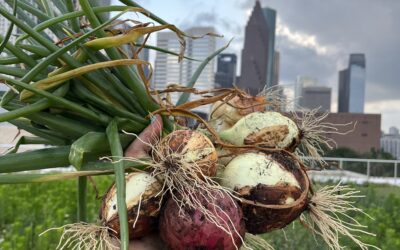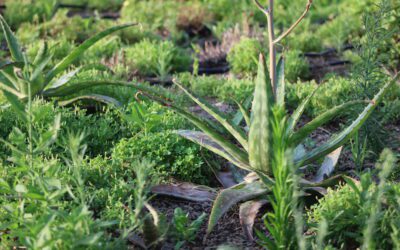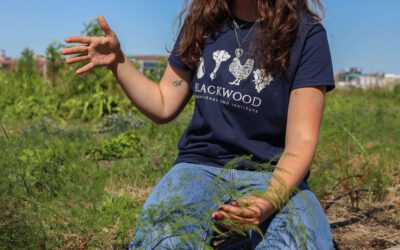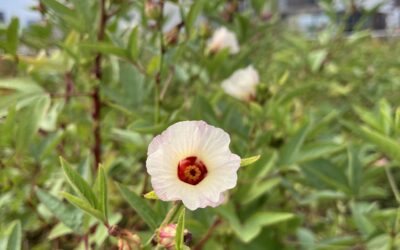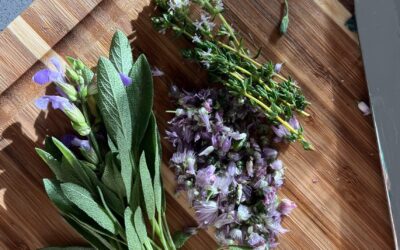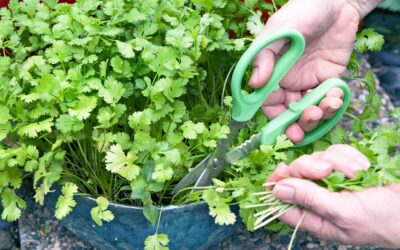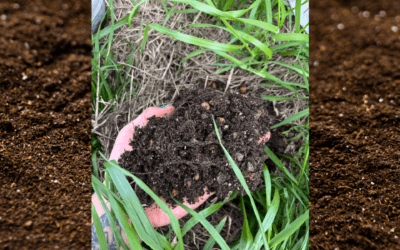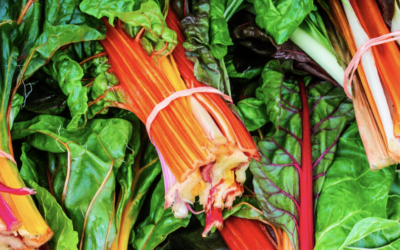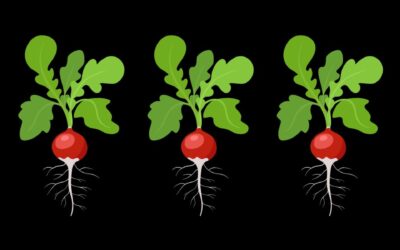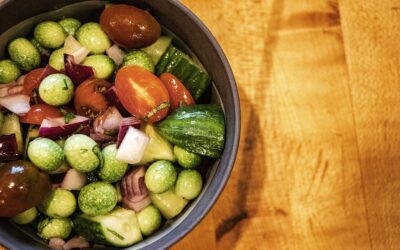Regenerative Farming
Author: Sar Yashinskie
At Blackwood, we are strong advocates of regenerative agriculture. At our Land Farm in Hempstead, we are actively working toward Regenified Certification. Regenified is a certifying agency that establishes a clear baseline for what “regenerative agriculture” truly means, helping us assess our progress and ensure that we continue advancing in a regenerative direction.
There is often confusion about the differences between regenerative, organic, biodynamic, and sustainable agriculture. With so many definitions of regenerative agriculture circulating, we chose to work with a certifying agency that provides a solid framework we can follow and build upon.
Regenified defines regenerative agriculture as a system that “focuses on restoring the health of the entire ecosystem, promoting biodiversity, soil health, water conservation, and climate resilience.” But what does that really mean in practice?
Biodiversity
We avoid monocultures on our farm by planting a diverse range of species to support the surrounding ecosystem—both microbial and beyond. Crop rotation is a key strategy we use to prevent nutrient depletion and disease. For example, by rotating broccoli to a different area each year, we ensure that the soil isn’t continuously depleted of the same nutrients, helping maintain long-term soil fertility.
Soil Health
Regular soil testing allows us to measure key indicators of soil health, such as water infiltration, microbial activity, and nutrient levels. These tests guide our decisions on soil improvements. For instance, our first Regenified soil test revealed a carbon deficiency, which led us to adjust our cover cropping strategy. To address this, we incorporated more grass-based cover crops—such as oats, barley, and rye—to increase soil carbon rather than focusing primarily on nitrogen inputs.
Water Conservation
Our goal is to grow thriving crops while using fewer resources, including water. We achieve this through practices like maintaining soil cover (soil armor) and keeping living roots in the ground, which help retain moisture and reduce evaporation. By improving soil structure and minimizing runoff, we enhance overall water efficiency and accessibility across the farm.
Climate Resilience
Through regenerative practices, we can sequester atmospheric nitrogen in a stable form, reducing greenhouse gases while improving soil fertility. Legume cover crops play a key role in this process, as they “fix” nitrogen from the atmosphere and store it in their roots, making it available to plants. This natural process helps create a more resilient and self-sustaining agricultural system.
By following these principles, we are not just growing food—we are actively restoring and enhancing the land for future generations.


